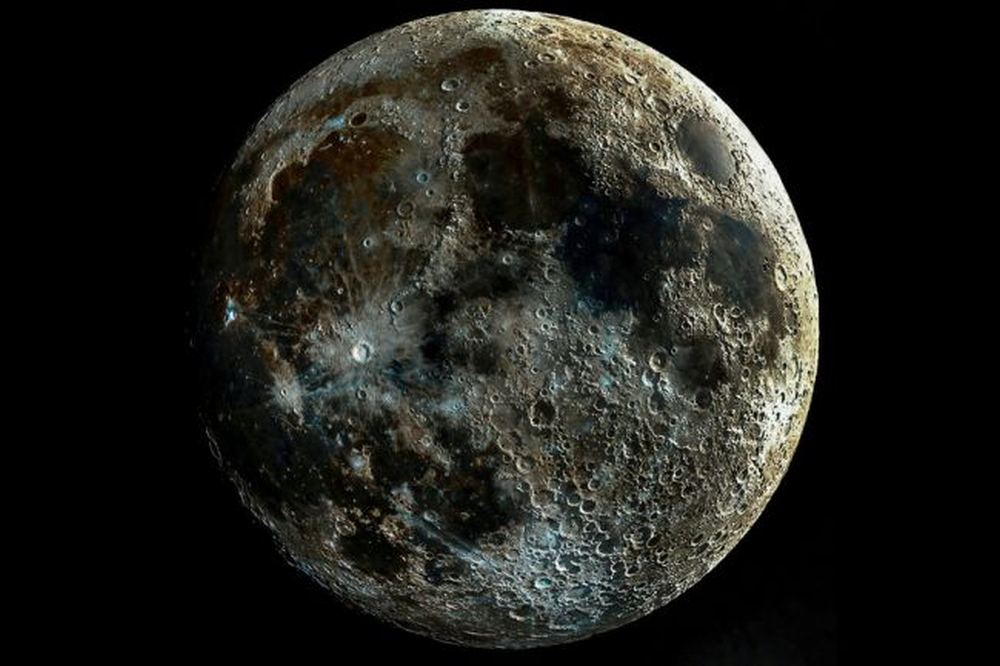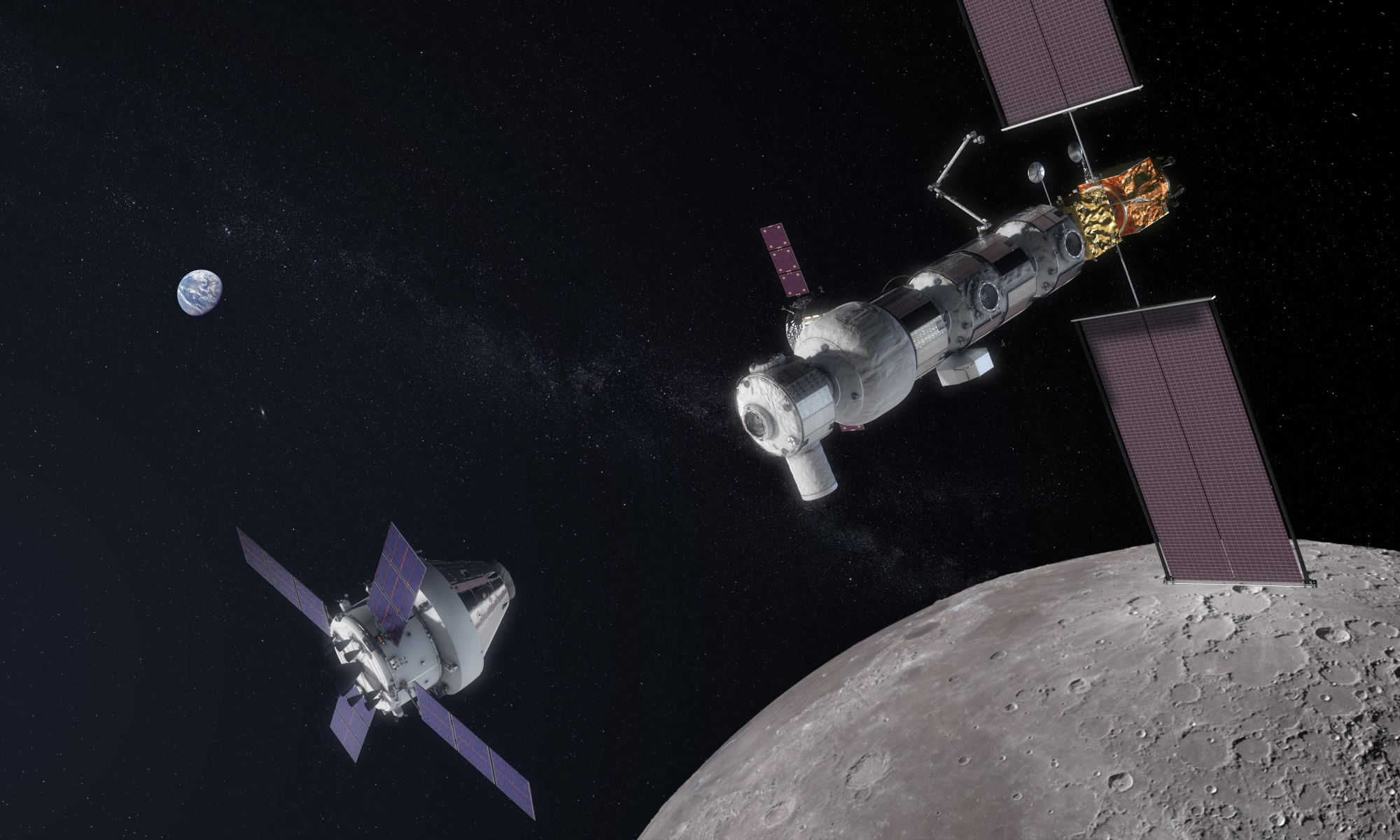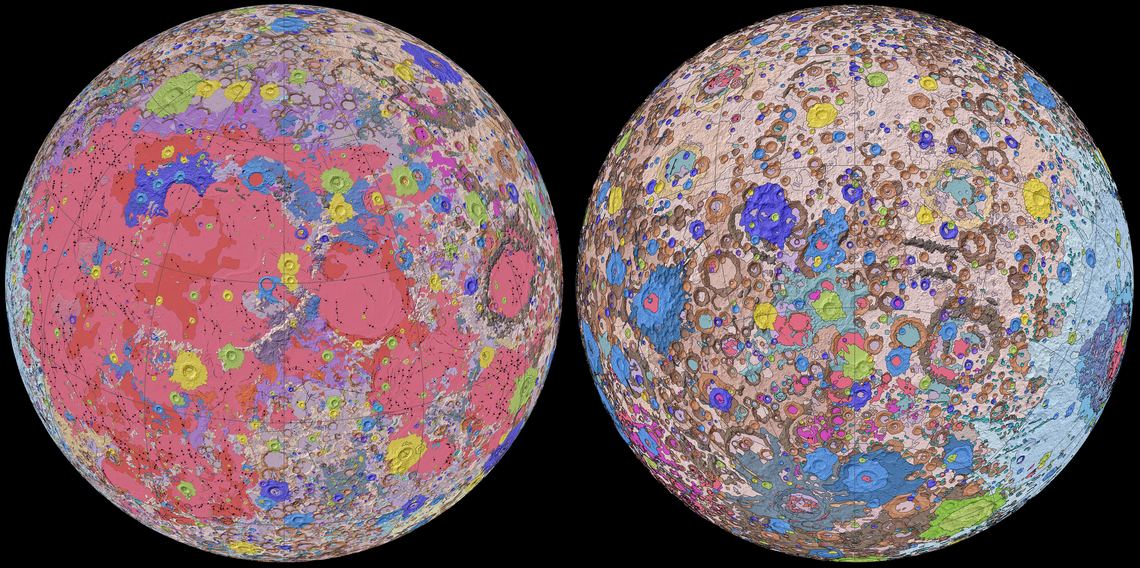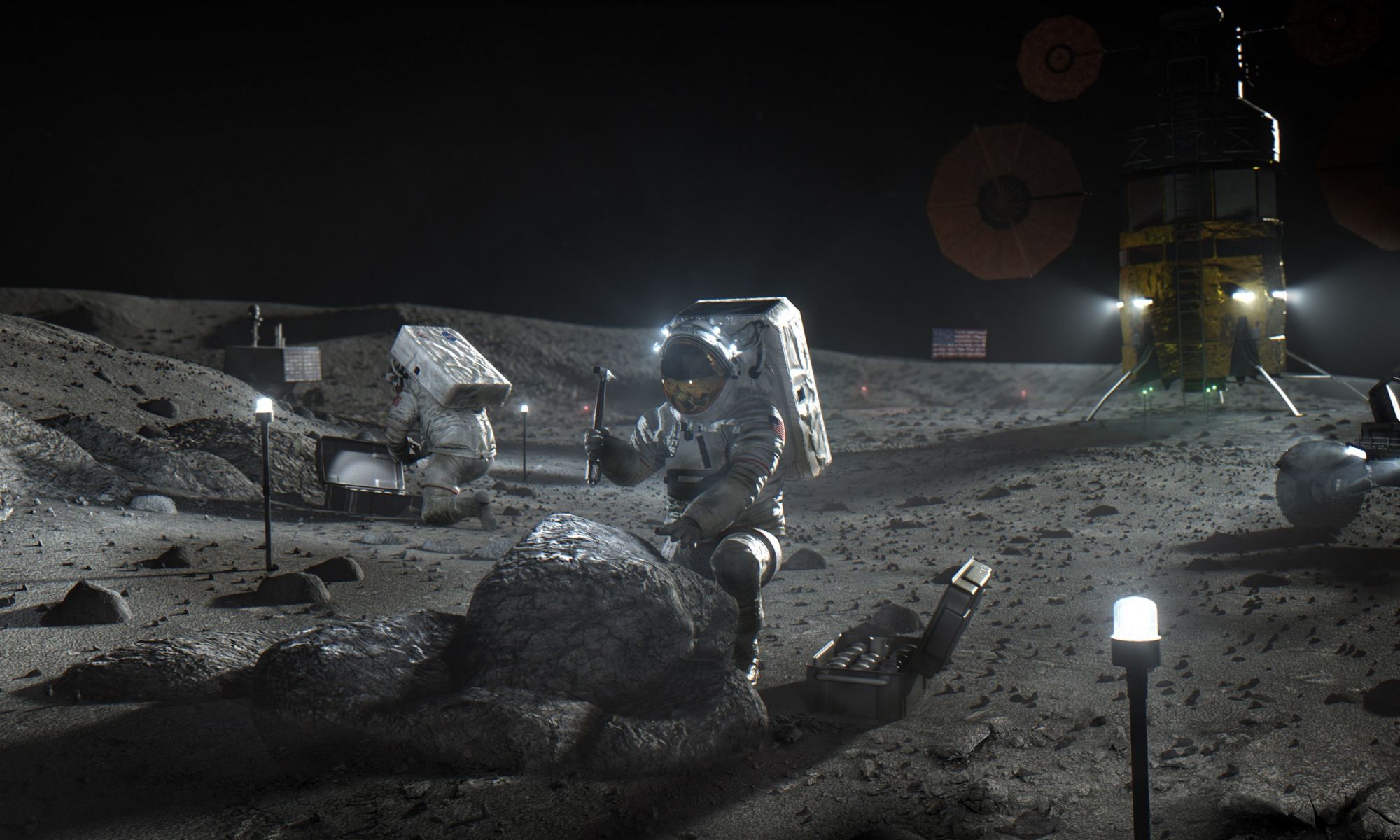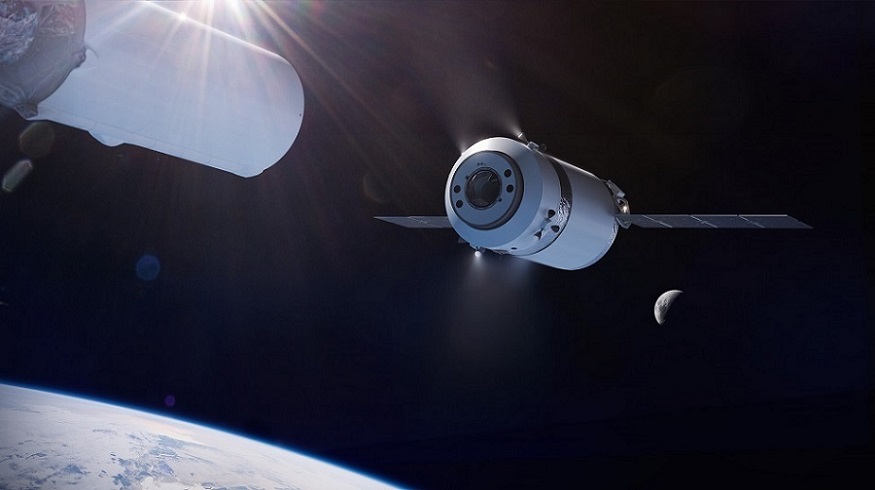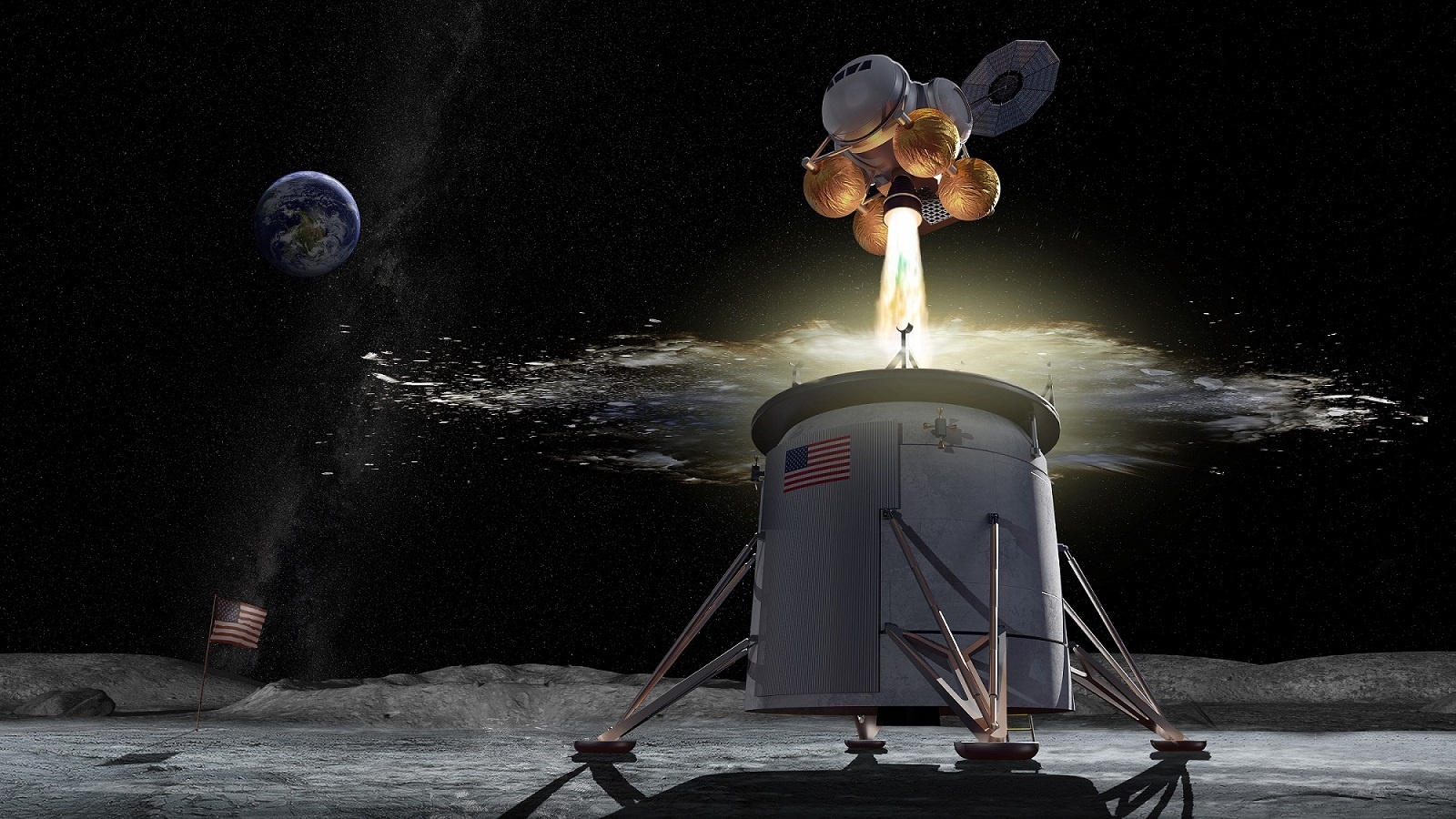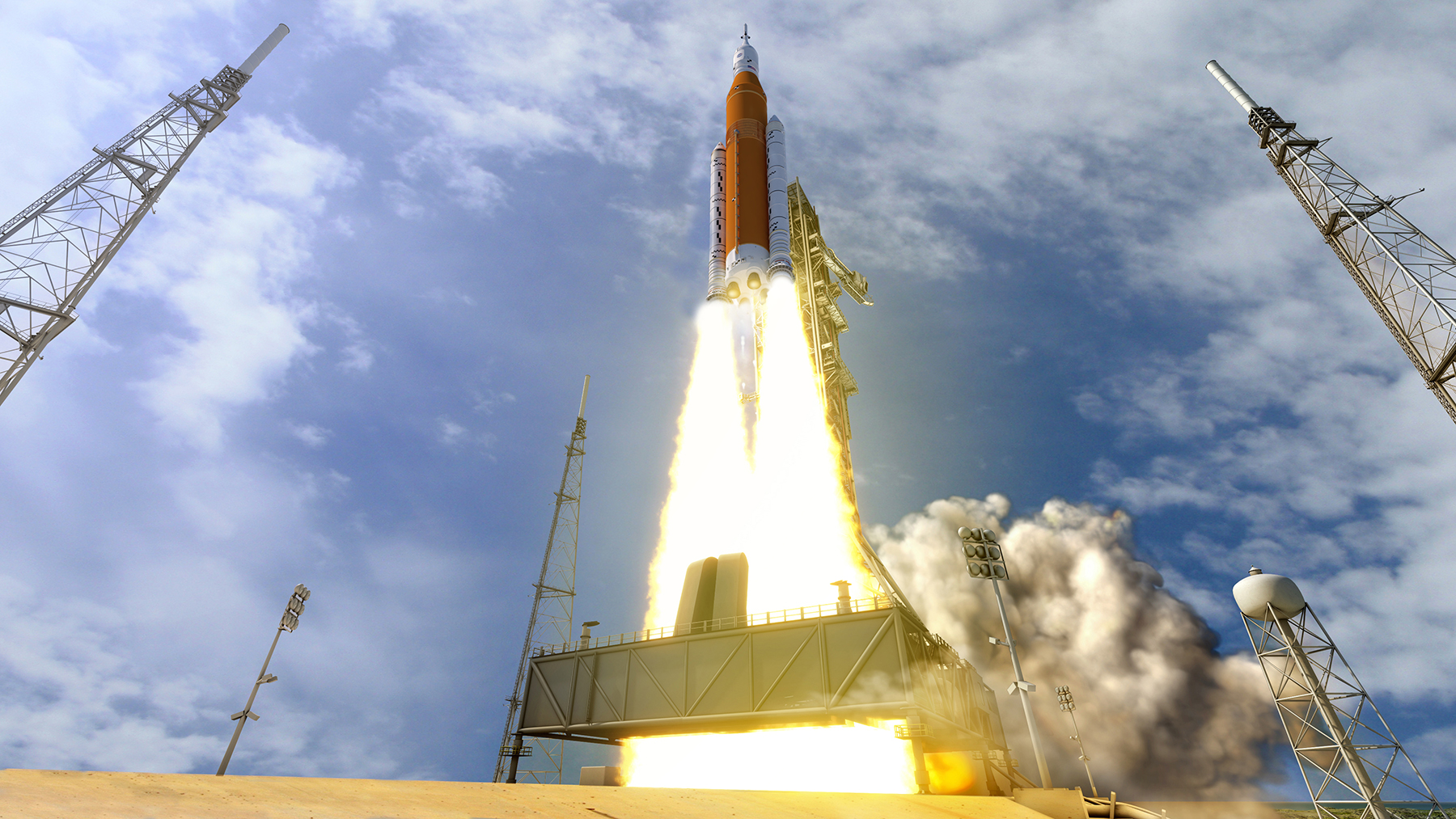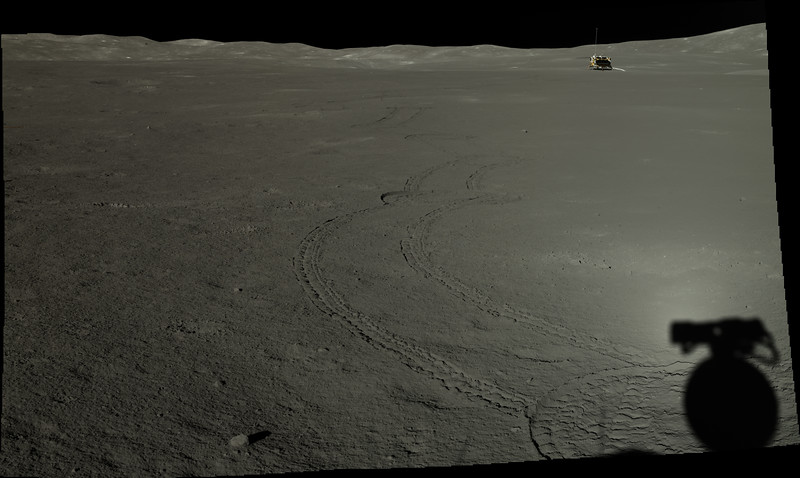In March of 2019, NASA was directed by the White House to land human beings on the Moon within five years. Known as Project Artemis, this expedited timeline has led to a number of changes and shakeups at NASA, not the least of which has to do with the deprioritizing of certain elements. Nowhere is this more clear than with the Lunar Gateway, an orbital habitat that NASA will be deploying to cislunar space in the coming years.
Originally, the Gateway was a crucial part of the agency’s plan to create a program of “sustainable lunar exploration.” In March of this year, NASA announced that the Lunar Gateway is no longer a priority and that Artemis will rely on an integrated lunar lander instead. However, NASA still hopes to build the Gateway, and according to a recent interview with ArsTechnica, this could be done with the help of SpaceX and the Falcon Heavy.
Continue reading “Lunar Gateway Could be Built With the Falcon Heavy”

